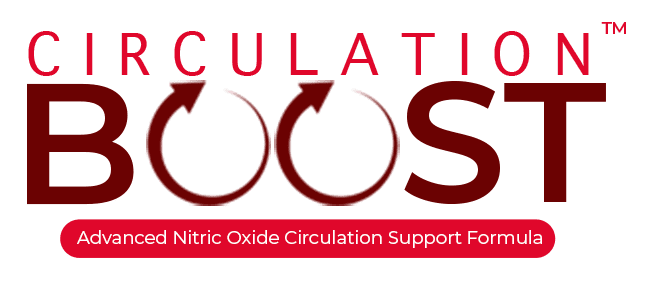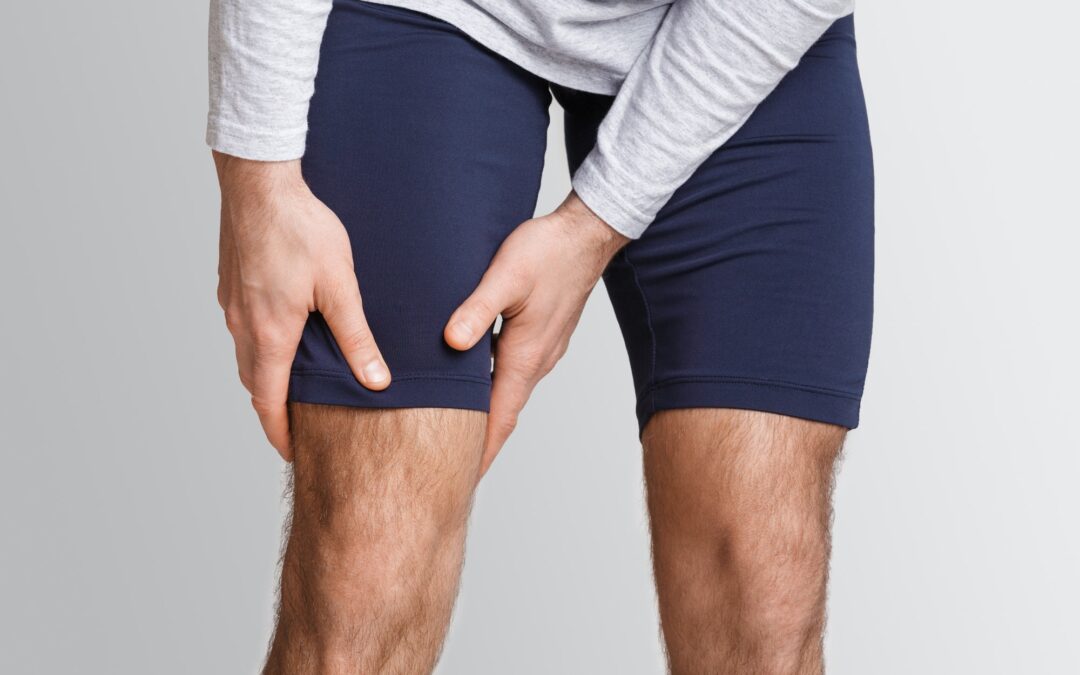How can you tell if you already have poor circulation issues? Here are some symptoms of circulation problems and what to do about them.
Poor circulation is one of the main factors behind multiple cardiovascular issues. The best way to deal with these issues is to treat them as early as possible.
Fortunately, there are signs of poor circulation that can tip you off early – if you’re paying attention. The following are early signs of circulation problems, their causes, and what to do about them.
Signs of Poor Circulation
There are a couple of signs and symptoms that let you know your circulation is not functioning as it should. Your extremities (hands and feet) can start to get cold or numb even in warm weather.
You can also experience muscle cramps throughout the body, but especially around the legs. Along with numbness and cramps, you may feel a throbbing, tingling, or stinging sensation in your hands or legs.
Your extremities may turn a blue or purple tint. Also, the hair on your hands, legs, and feet may fall out.
Lastly, you can experience dry skin as well as brittle nails that break easily. Some consequences of poor circulation include slower metabolism and weight gain.
The key to effectively treating your poor circulation is to know what’s causing the problem and resolving it.

Causes of Circulation Problems
Various factors can lead to poor circulation. However, certain conditions can specifically affect your blood flow negatively. These conditions primarily include varicose veins, diabetes, and obesity.
You can easily recognize varicose veins: they’re blue, bulging veins resulting from internal valve malfunctions. Varicose veins keep blood from flowing effectively from your legs to the heart.
Another condition, diabetes, can also lead to poor circulation by clogging your blood vessels. This clogging happens when the blood sugar levels in the body are high.
Finally, obesity is one of the most significant factors leading to circulation problems. Sedentary lifestyles, which usually accompany obesity, can decrease circulation. Furthermore, the extra weight can put pressure on the legs, increasing the risk of varicose veins.
Improving Circulation
The best way to improve circulation is by changing unhealthy lifestyle habits to healthy ones. For example, if you smoke or vape, then it’s time to quit, as nicotine thickens the blood and narrows the blood vessels.
However, for those who don’t smoke or vape, adopting healthy and mindful practices can go a long way. Regularly check your blood pressure even if you’re healthy. You can buy a blood pressure monitor or do regular checkups with your doctor.
Start exercising regularly while staying hydrated. You don’t need to start like a pro athlete: a simple 10-minute walk around the neighborhood is an excellent way to start.
As you become more comfortable, start increasing either the amount of time walking or the intensity, going from speed walking to jogging. Eating healthy food is also essential, as well as avoiding foods that can clog your arteries and increase your cholesterol.
Instead of salty snacks or super sugary candy, opt for fruits and vegetables.
Finally, consider adding a health supplement to your routine like Circulation Boost. To effectively and safely improve blood flow, Circulation Boost works within the arteries to increase nitric oxide production.
In turn, nitric oxide dilates blood vessels, making it much easier for blood to flow properly throughout the body.
Talk to your doctor about adding Circulation Boost to your daily routine. When circulatory problems are left untreated, they can lead to serious health problems down the line, so act now to improve your circulation.

